10 Tips For Teaching Mindfulness In School At Any Grade Level
Lisa Thomas Prince and Lori Gustafson offer the following ten tips for teaching mindfulness in the classroom at any grade level.
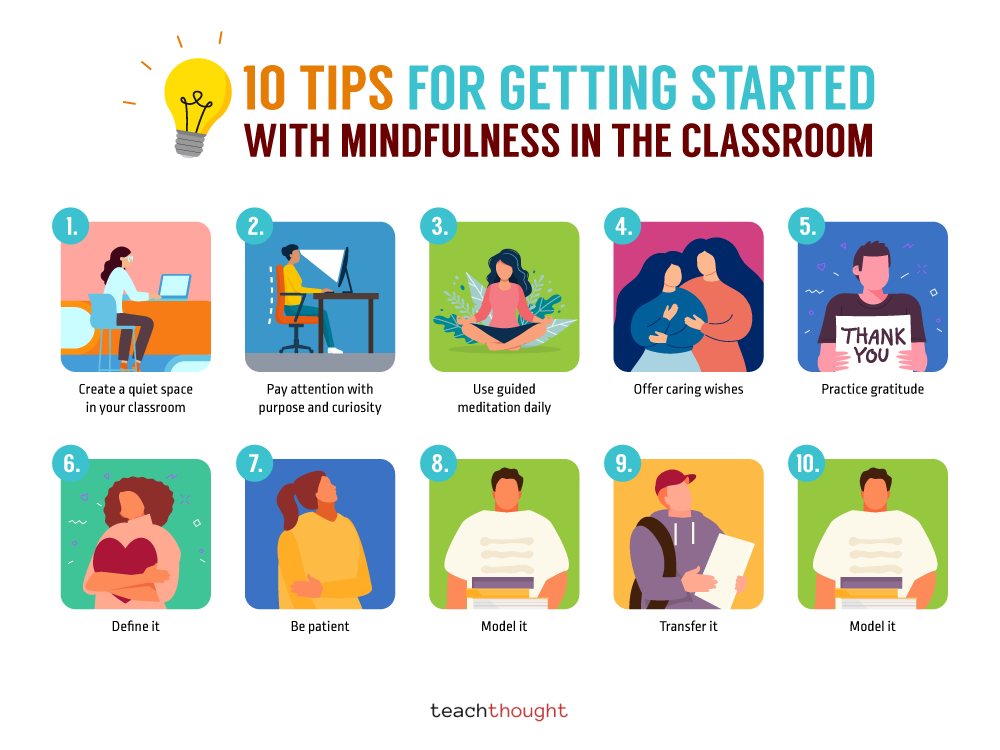
Lisa Thomas Prince and Lori Gustafson offer the following ten tips for teaching mindfulness in the classroom at any grade level.
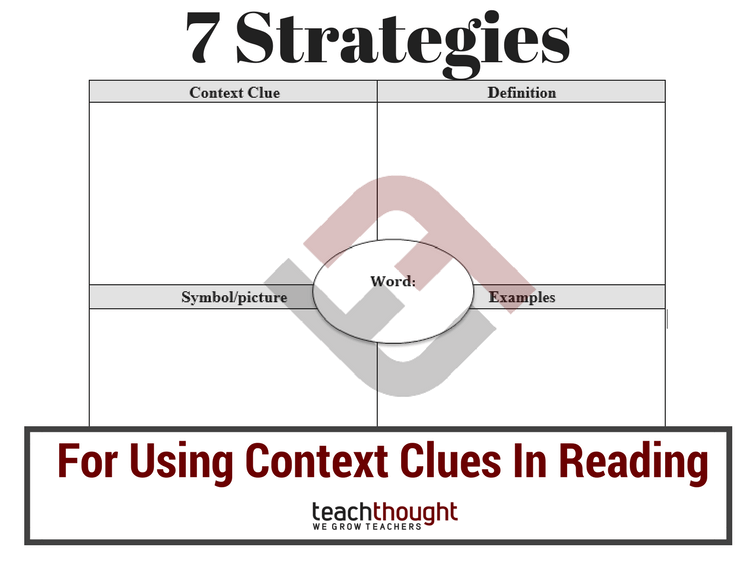
Strategies for using context clues in reading including word parts, definition–> explanation, examples, antonyms, and analogies.
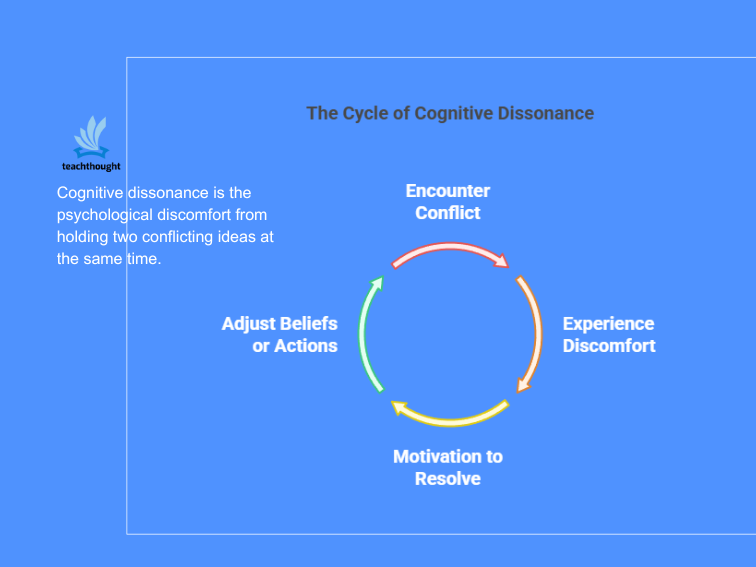
Cognitive dissonance is the psychological discomfort that arises when an individual encounters a conflict between what they believe and how they behave, or between two competing beliefs.
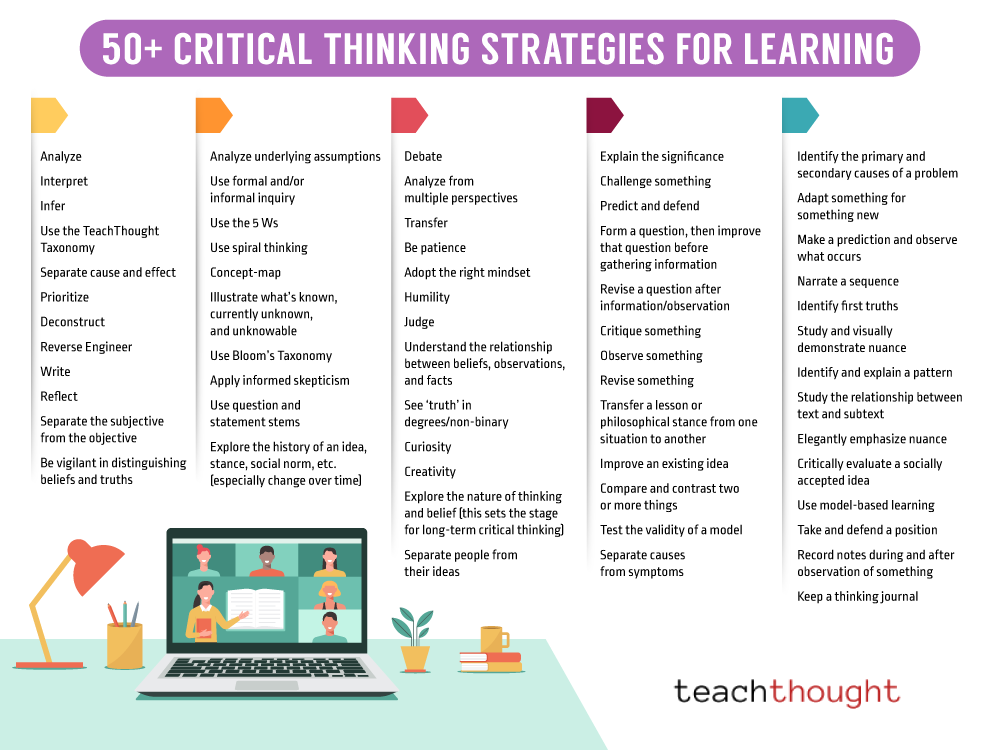
Critical thinking strategies often employ multiple data sources and perspectives in pursuit of understanding.
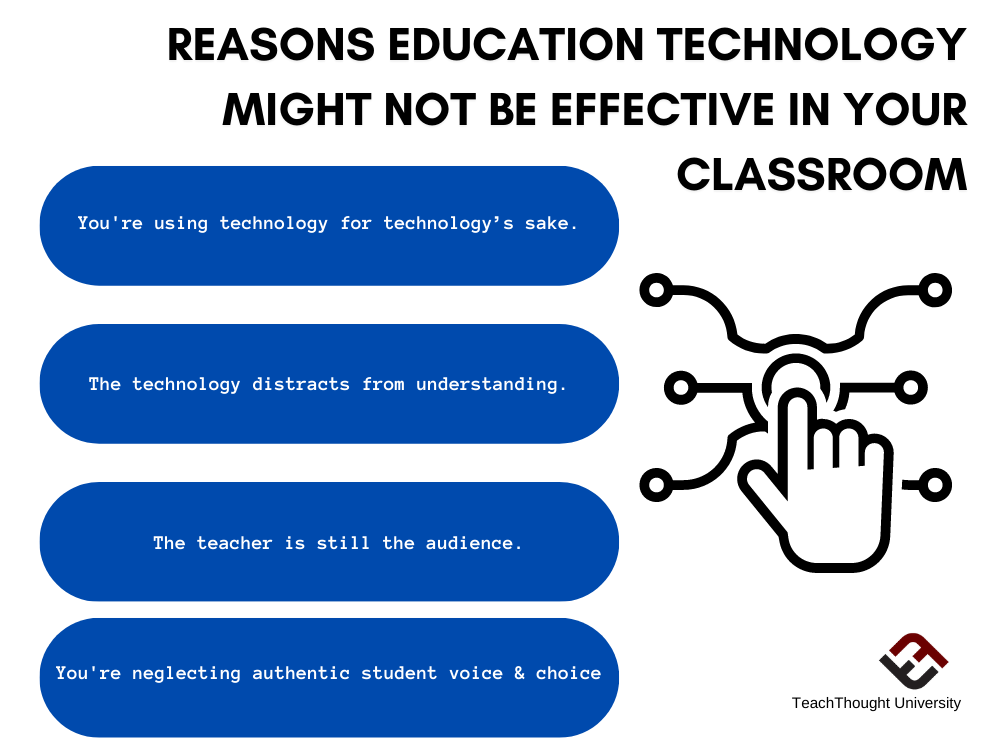
By fostering these skills early, educators can empower students to take ownership of their financial future.
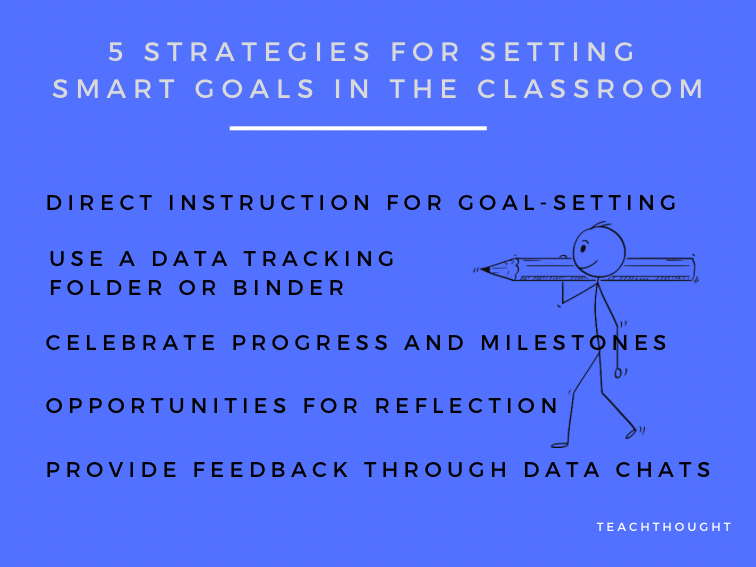
By setting SMART goals, students and teachers can determine action steps to help them achieve their goals.
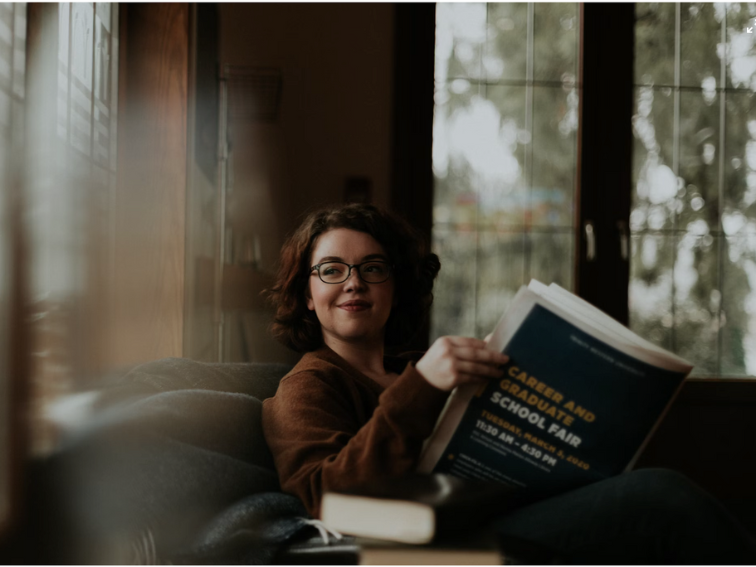
A financial cushion can offer security and flexibility, allowing educators to focus on their passion without the constant worry of money.
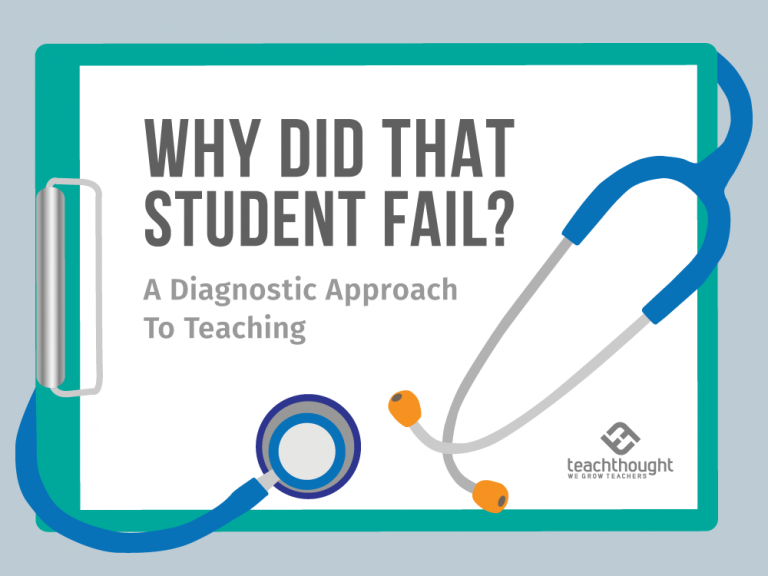
What is Diagnostic Teaching? Diagnostic teaching is a step-by-step, intentional process for pinpointing exactly why a student is struggling.
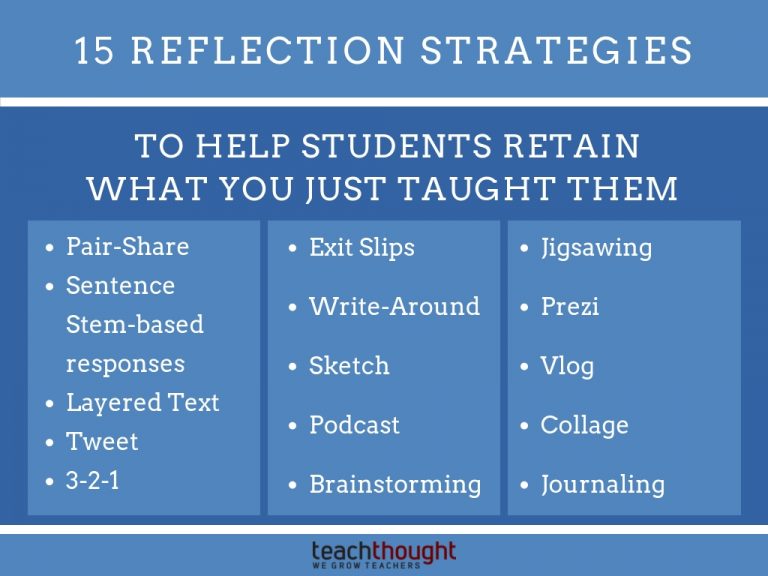
By asking students to leave a little learning on a chair by the door on the way out of the classoom, exit slips are an easy way to reflect on learning.
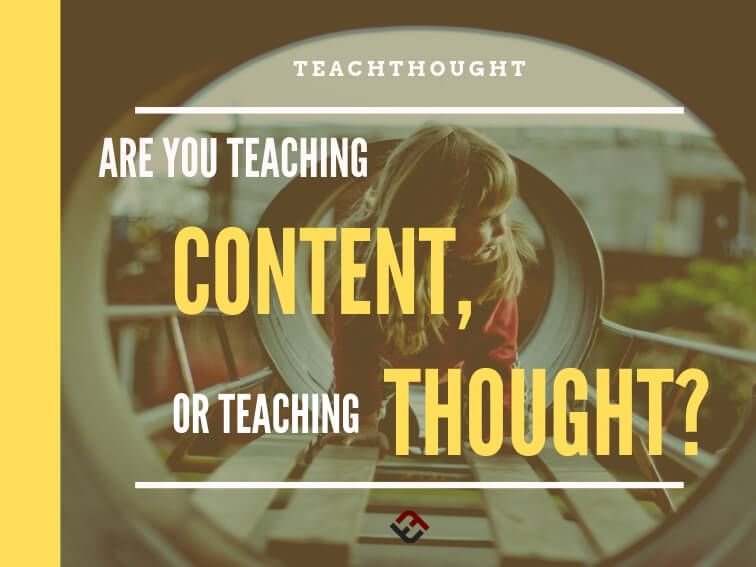
If our curriculum is thinking, if our job is (excuse the convenient phrasing) teaching thought, our goals as educators change.

If we truly want a better world, we can’t continue to mirror the worst parts of that world into our classrooms.
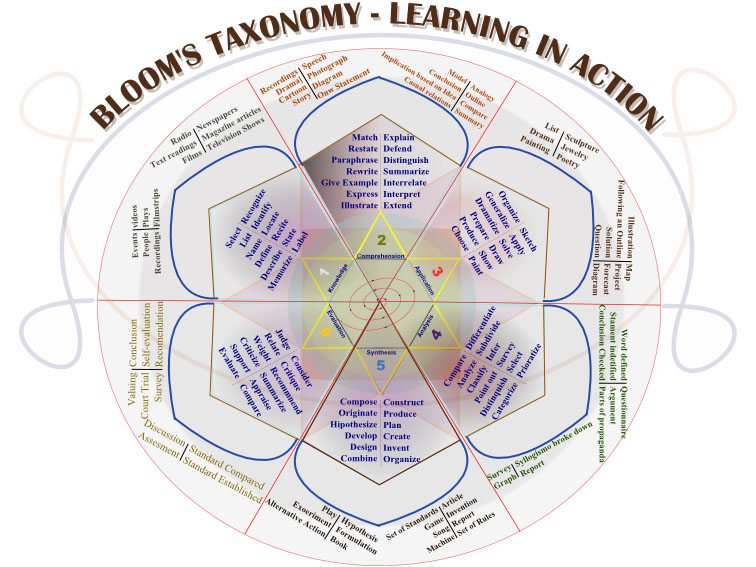
In this list, we’ve collected posters, apps, definitions, apps, tools, videos and strategies and more to help teachers use Bloom’s Taxonomy.
End of content
End of content